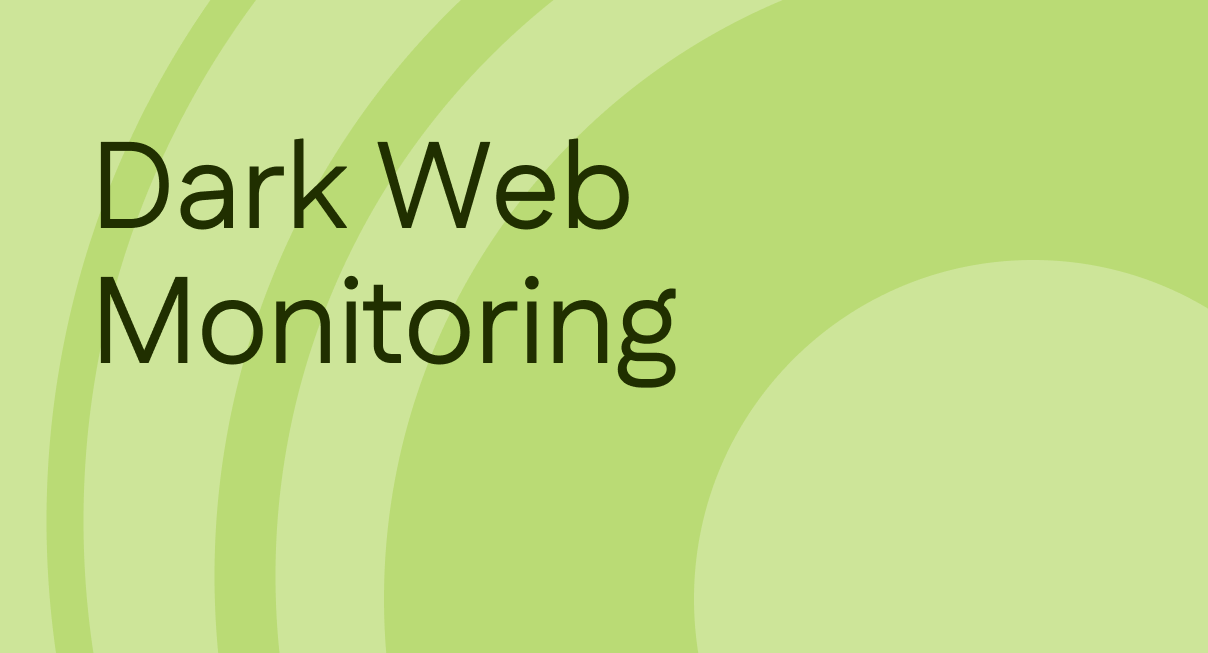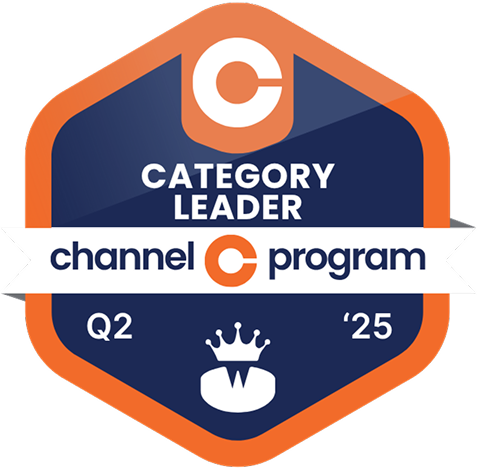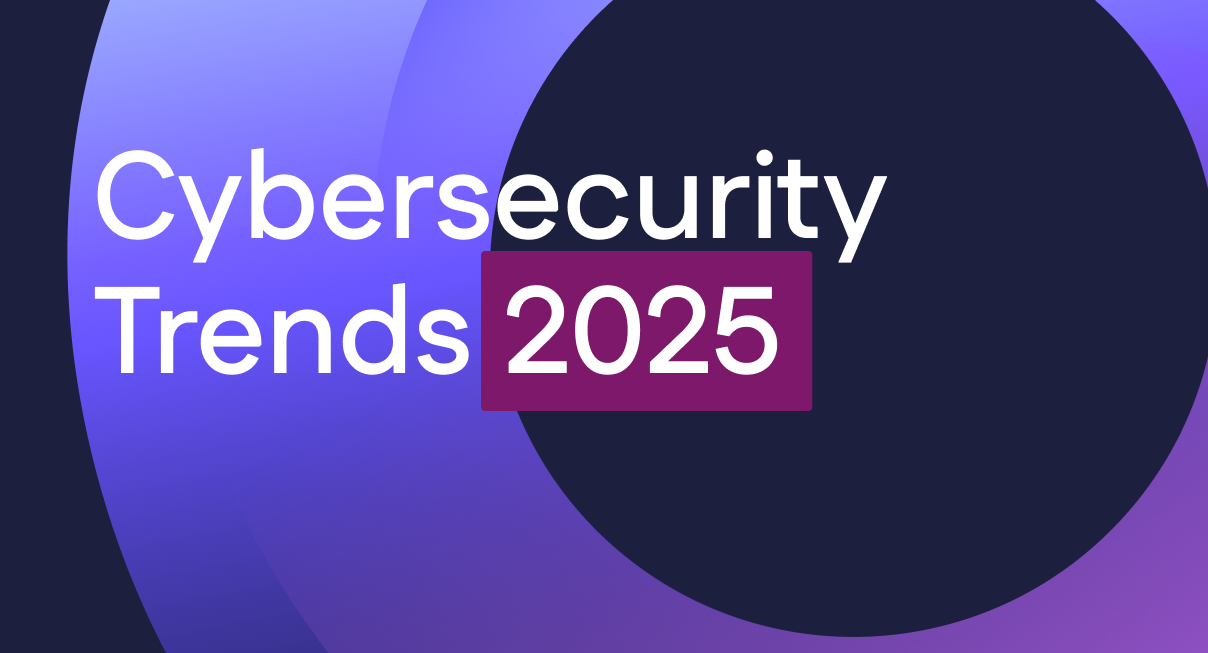Dark Web Monitoring and Why It’s Important for MSPs
The internet, as we know it, is just the tip of the iceberg. Beneath the surface lies a vast realm known as the Deep Web, and within it, the shadowy Dark Web. These terms are frequently used interchangeably, but they are actually quite different.

The Deep Web and the Dark Web – What is the Difference?
The Deep Web encompasses any web content that isn’t indexed by standard search engines. This includes:
- Personal email accounts
- Online banking portals
- Subscription-based services
- Cloud storage
- Internal corporate networks
The Deep Web is significantly larger than the surface web (which can be openly accessed), potentially hundreds of times so. It’s a vast repository of information and services that are not publicly accessible.
The Dark Web
In contrast, the Dark Web is a small, deliberately hidden portion of the Deep Web. It requires specific software, configurations, or authorization to access, and is designed to provide anonymity, making it a haven for both legitimate users seeking privacy and cybercriminals operating in the shadows.
While precise figures are elusive, estimates suggest the Dark Web comprises approximately 5% of the total internet. This seemingly small fraction harbors an immense amount of illicit activity, including the trade of stolen data, illegal goods, and malicious software. The decentralized nature of the Dark Web, coupled with its reliance on encryption and anonymity networks, makes it notoriously difficult to track and regulate.
How Do Cybercriminals Operate on the Dark Web?
The Dark Web serves as a hub for various illicit activities, including:
- Underground Marketplaces: These function like e-commerce platforms, selling stolen data (credit card numbers, personal identifiable information – PII), drugs, weapons, and malware. They often feature vendor ratings, escrow services, and cryptocurrency payments for anonymity. These marketplaces create a thriving economy for cybercriminals, facilitating the exchange of stolen goods and services on a global scale.
- Leak Sites: Ransomware groups and other malicious actors use these sites to publish stolen data as leverage against victims. This tactic, known as double extortion, adds significant pressure on victims to pay ransoms, as the threat of public data exposure can be devastating.
- Discussion and Hacking Forums: These forums facilitate the exchange of hacking tools, techniques, and stolen data. They may include sections for exploit sharing, malware development, and data breach discussions. These forums serve as a breeding ground for cybercriminal collaboration and innovation.
Some other Features
- Advertising Software and Services: “Businesses” on the Dark Web operate pretty much like regular businesses, with cybercriminals actively marketing their malicious software, hacking services, and other illicit offerings. This includes everything from custom malware and DDoS-for-hire services to phishing kits and botnet rentals.
- Initial Access Brokers (IABs): These specialized criminals focus on gaining initial access to high-value targets’ networks. They then sell these access credentials to other cybercriminals, such as ransomware operators, facilitating further attacks. This kind of specialization allows for a more structured, large-scale, and targeted approach to cybercrime.
Just like legitimate businesses, cybercriminal operations are seeing increased specialization. Different actors become active at difference stages of criminal activity, such as malware development, data exfiltration, or negotiation with victims. This specialization increases the effectiveness of their attacks.
How do Threat Actors Evade Detection on the Dark Web?
Cybercriminals employ sophisticated tactics to maintain anonymity and evade law enforcement:
- Tor and Similar Networks: These anonymize IP addresses and encrypt traffic, making it difficult to trace users. These networks provide a cloak of invisibility, allowing cybercriminals to operate with relative impunity.
- Cryptocurrencies: Bitcoin and Monero are commonly used for transactions, providing a layer of anonymity. The decentralized nature of cryptocurrencies allows for untraceable transactions, making it challenging to follow the money trail.
- PGP Encryption: Used to secure communications and protect sensitive information. This encryption ensures that only the intended recipients can access sensitive data, preventing eavesdropping and interception.
- Dead Drops: Physical locations for exchanging goods or information. This tactic adds a layer of physical anonymity, making it difficult to link online activities to real-world identities.
- Regular URL Changes: Dark web sites frequently change their addresses to avoid takedowns. This dynamic nature of dark web addresses makes it challenging for law enforcement to track and disrupt illicit activities.
How Have Ransomware Groups on the Dark Web Evolved Over the Years?
Key trends over the past few years include the adoption of the ransomware-as-a-service (RaaS) model, double and triple extortion, affiliate programs and an increase in specialization.
Shift to SMB targeting
More recently, there has also been a marked shift from high-profile attacks on large establishments to a focus on small and medium-sized businesses (SMBs). Following significant law enforcement actions against larger ransomware groups like LockBit last year, the newer, more agile ransomware groups changed tactics, targeting SMBs. In addition to being easier to compromise, SMBs make attractive targets because smaller attacks invite less scrutiny from law enforcement and the media, allowing these attacks to often fly under the radar. This has worked perfectly for cybercriminals seeking to minimize their risk of detection over the past couple of years.
Current State of Ransomware
- In 2024, 94 ransomware groups listed victims, a 38% increase from 2023.
- The total number of victims posted on ransomware leak sites in 2024 was 5,728, an 11% increase from 2023.
- RansomHub has replaced LockBit as the top ransomware group in 2024.
- The top five ransomware groups of 2024 were RansomHub, LockBit, Play, Akira, and Hunters International.
How Does Monitoring the Dark Web Help an Organization?
Dark web monitoring provides crucial benefits:
- Early Detection of Data Breaches: Organizations can identify compromised data before it’s exploited. This proactive approach allows for timely mitigation and reduces the impact of data breaches.
- Protection Against Follow-up Attacks: Leaked credentials can be used for account takeovers and other attacks. Monitoring allows for rapid response to prevent further damage.
- Supply Chain Risk Reduction: Monitoring can also reveal security gaps in third-party partners and vendors. This approach can be used to vet potential business partners, suppliers and customers for cyber resilience prior to signing agreements.
- Compliance Advantages: Cyber risk reduction forms a significant part of regulatory compliance today. Dark Web Monitoring demonstrates a proactive approach to minimizing risk, and can help organizations meet regulatory requirements (GDPR, CCPA, HIPAA), and avoid costly penalties.
What is the State of the Dark Web Intelligence Market today?
The Dark Web Intelligence market size is valued at $0.76 billion in 2025, and is projected to grow at a CAGR of 21.4% from 2025 to 2034, estimated to reach $1.66 billion in 2024.
Factors driving this demand include:
- Rising Cybercrime: The increasing frequency and sophistication of cyberattacks.
- Data Breach Costs: The escalating financial and reputational damage caused by breaches.
- Regulatory Compliance: Stringent data protection regulations.
- Increased Integration of AI and Machine Learning: Automated analysis of dark web data.
- Expansion of Threat Intelligence Sharing Networks: Collaboration among cybersecurity professionals.
- Focus on Supply Chain Security: Monitoring for vulnerabilities beyond the organization’s perimeter.
Why This is a Good Time for MSPs to Offer Dark Web Monitoring as a Service
- Increased Client Demand: The factors outlined above are driving a surge in demand for dark web intelligence services. MSPs can capitalize on this trend by offering these services to their clients.
- Complementary to Core Services: Dark web monitoring perfectly complements the core risk management services offered by MSSPs, especially those focused on data-centric cyber risk reduction. By correlating information on the sensitive data present within an environment, what that data is worth on the dark web, and whether it has been leaked, organizations can get a holistic view of their data security status and act to protect it before a bigger breach. This allows for a more comprehensive and effective approach to data security.
- Competitive Advantage: Dark web monitoring provides a significant value proposition, allowing MSPs to differentiate themselves from competitors and strengthen client relationships.
- Proactive vs Reactive Security: Offering dark web monitoring helps MSPs position themselves as proactive security partners, rather than reactive incident responders.
- Recurring Revenue Stream: Dark web monitoring can be offered as a subscription-based service, providing MSPs with a stable and predictable revenue stream.
By offering dark web monitoring, MSPs can provide their clients with a critical layer of defense against cybercrime, while also boosting their own revenue and competitive advantage.
CYRISMA’s Dark Web Monitoring Feature
CYRISMA’s Dark Web Monitoring feature, which received a major update in March 2025 to improve results and increase detection accuracy, is designed to help MSPs discover potential breaches early and enhance their risk reduction services. By offering comprehensive dark web scanning and analysis capabilities, CYRISMA empowers MSPs to deliver enhanced security services, differentiate themselves from competitors and strengthen client trust.
CYRISMA’s core features also include sensitive data discovery and financial impact estimates which, when combined with Dark Web Monitoring, help build a strong foundation for zero-trust security.
Key Benefits for MSPs:
- Threat Detection:
- CYRISMA’s dark web scans proactively detect compromised credentials, leaked data, and mentions of client domains on the dark web, allowing MSPs to identify potential threats before they escalate into full-blown breaches.
- Actionable Intelligence:
- The Dark Web Monitor Results dashboard provides MSPs with clear and concise visualizations of threat data. This includes categorizing breaches by type (passwords, usernames, etc.) and highlighting the most critical exposures.
- MSPs can quickly visualize key breach stats, and prioritize actions based on the “most dangerous” and highest-volume breaches.
- Efficient Incident Response:
- By providing detailed breach reports, including affected accounts and timestamps, CYRISMA enables MSPs to respond swiftly to security incidents. This allows for rapid remediation and minimizes the impact of potential attacks.
- Enhanced Client Reporting:
- The Report Builder feature allows MSPs to generate comprehensive reports on dark web exposures. These reports can be shared with clients to demonstrate the value of the MSP’s security services and provide visibility into potential risks.
- These reports help document incident timelines for compliance and management review.
- Increased Revenue Streams and Portfolio Expansion:
- Dark web monitoring can be offered as a value-added service, creating a new revenue stream for MSPs or enhancing existing offering.
- Improved Risk Management:
- CYRISMA’s dark web monitoring correlates information on sensitive data within client environments with its presence on the dark web. This holistic view of data security allows MSPs to provide more effective risk management and help clients protect their most valuable assets.
- Proactive Security:
- By using CYRISMA’s Dark Web Monitoring feature, MSPs can move from a reactive to a proactive approach to client security, significantly reducing the risk of successful cyberattacks.
In essence, CYRISMA’s Dark Web Monitoring feature empowers MSPs to deliver enhanced security services, strengthen client relationships, and drive revenue growth.
Latest updates
View allTurn risk and compliance into revenue
Get a Demo








